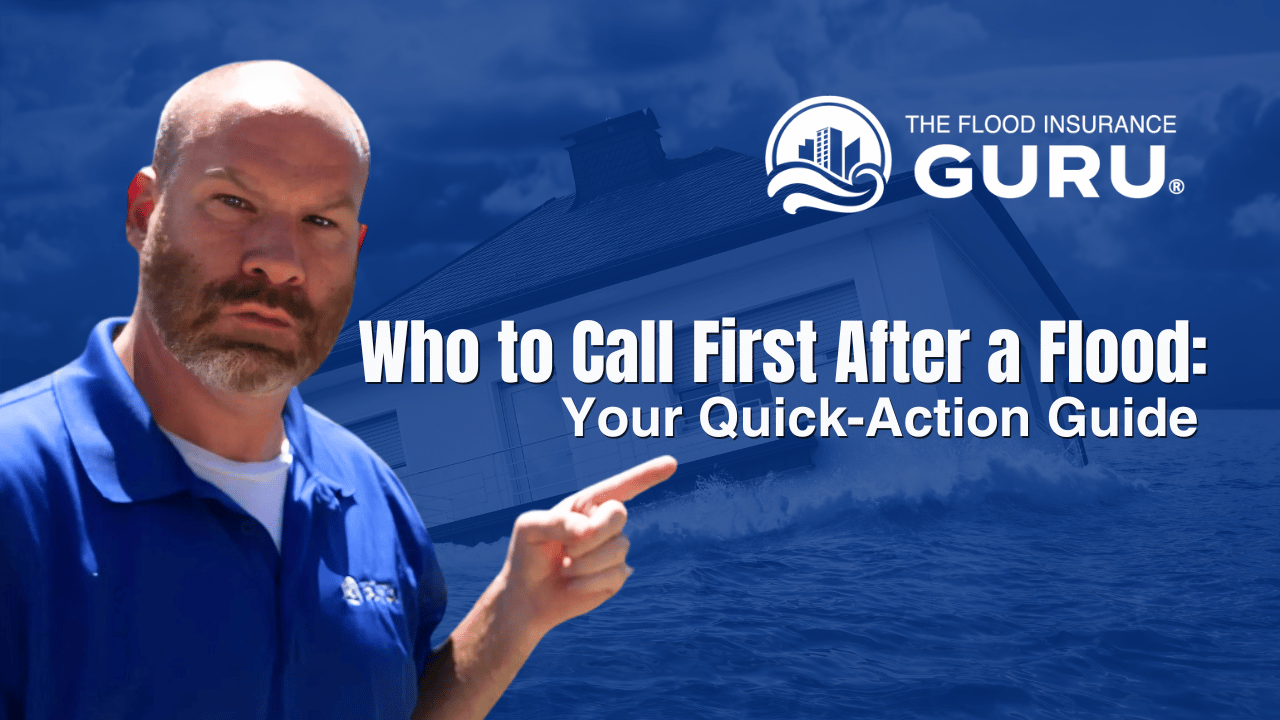Who to Call First After a Flood: Your Quick-Action Guide
When the waters finally recede, the last thing you need is confusion over who to call next. This streamlined guide walks you through each critical contact—exactly who to reach, when to do it, and what information you’ll need—so you can stay safe, protect your home, and get your recovery rolling without delay.
1. Safety and Emergency Services
911 – Immediate Dangers
- When: Anyone is injured, trapped, or facing electrical or gas hazards.
- Why: Flood-damaged wiring, weakened structures, and hidden leaks can be life-threatening.
- Tip: Provide your precise address, describe the hazard, and mention recent flooding.
311 – Non-Urgent Municipal Help
- When: For road closures, blocked storm drains, debris removal, or shelter info.
- Why: Operators can connect you with public works, emergency management, and local relief services.
- Tip: Have your address ready and explain your need in one or two sentences.
2. Utility Companies
Electric Provider
- Call Immediately If: Water reached outlets, panels, or appliances.
- Why: Never turn power back on yourself—floodwater can cause hidden damage and fire risks.
- Ask For: Safety inspection, restoration timeline, and any required repairs before service resumes.
Gas Company
- Call If: You smell gas, see mist near equipment, hear a hissing sound, or notice bubbles near lines.
- Do: Evacuate first, then call from a safe location.
- Follow-Up: Have a technician inspect all gas appliances before turning them back on.
Water/Sewer Authority
- Call If: Water service is out or you suspect contamination.
- Why: Municipal systems can issue boil-water advisories; private wells may need testing and disinfection.
- Tip: Keep bottled water on hand until you’re cleared to use tap water again.
3. Filing Your Insurance Claim
Your Agent or Insurer (Within 24–48 Hours)
- Why: Early reporting speeds up settlements and often meets policy time limits.
- Prepare: Policy number, date/time of flooding, and photos or videos of damage.
NFIP Direct Hotline (800-638-6620)
- For federal flood policies—phone or live chat (Mon–Fri, 9 a.m.–5 p.m. ET).
FMIX (877-336-2627)
- If you’ve lost your agent’s info or need general flood-insurance guidance.
Private Insurers
- Check your card/document for a 24/7 claims line and ask about emergency advance funds.
Mortgage Servicer
- Why: Claim checks often include your lender—notify them early to avoid delays and learn about payment forbearance.
4. Local Government & Permits
Building Department
- Why: Permits are required for most repairs in flood zones—from structural work to electrical and plumbing.
- Ask: About expedited disaster-repair procedures and required documentation.
Emergency Management Office
- Provides info on local disaster declarations, debris removal, approved contractors, and additional assistance programs.
Health Department
- Offers guidance on safely cleaning sewage- or chemical-contaminated areas and testing private well water.
5. Professional Restoration Services
Water Damage Pros
- When: Within 24–48 hours to prevent mold.
- Look For: IICRC certification and flood-damage experience.
Licensed Electricians & Plumbers
- Essential for inspecting and repairing systems exposed to floodwater—verify licenses before hiring.
Mold Remediators
- Engage if mold covers more than 10 sq ft or if household members are sensitive. Most flood policies don’t cover mold, so act fast.
6. Federal Assistance Options
FEMA Individual Assistance
- Eligibility: Area must be designated a federal disaster zone.
- Apply: DisasterAssistance.gov or 1-800-621-3362. Covers temporary housing, essential items, and non-insurance expenses.
SBA Disaster Loans
- Low-interest loans for homeowners and renters to fill coverage gaps. Apply via the SBA’s disaster assistance portal.
Your Immediate Action Plan
- First 24 Hours:
- Call 911 (if needed) → 311 → utilities → document damage → report to insurer.
- Week One:
- Meet your adjuster → start permit applications → schedule restoration and inspections → apply for FEMA/SBA aid.
- Ongoing Recovery:
- Track every call, expense, and repair.
- Submit supplemental claims for any newly discovered damage.
- Keep building-department inspections on track.
Keep this guide handy—printed and digitally—so when floodwaters strike, you’ll know exactly who to call first, second, and beyond. Quick action and clear priorities will help you rebuild safely and get your life back on track.
